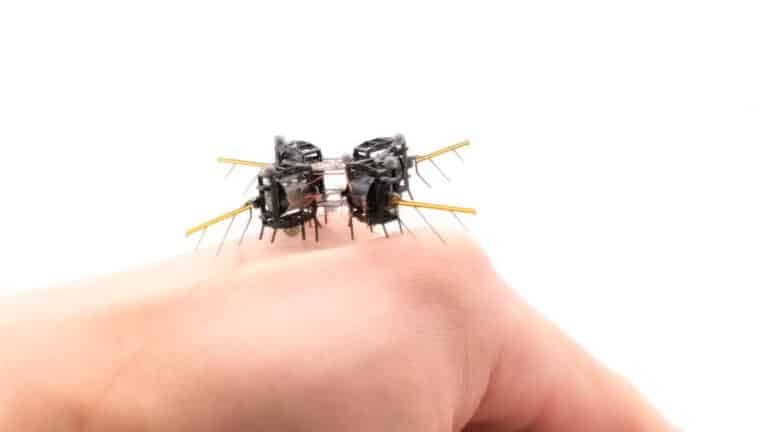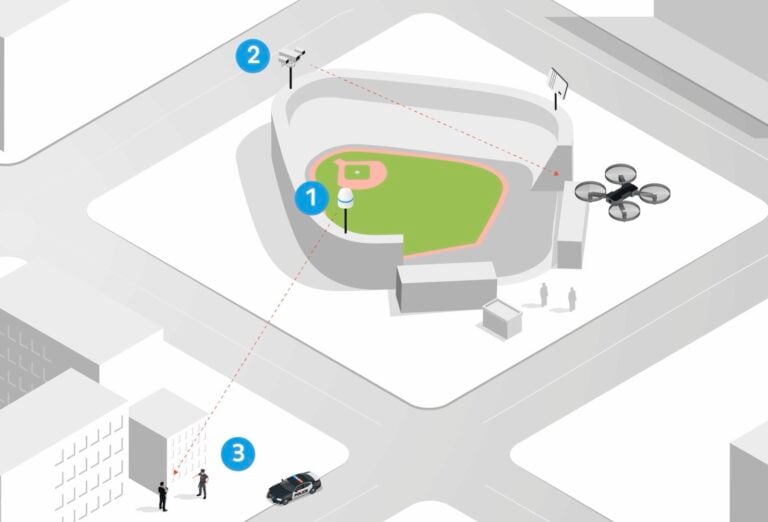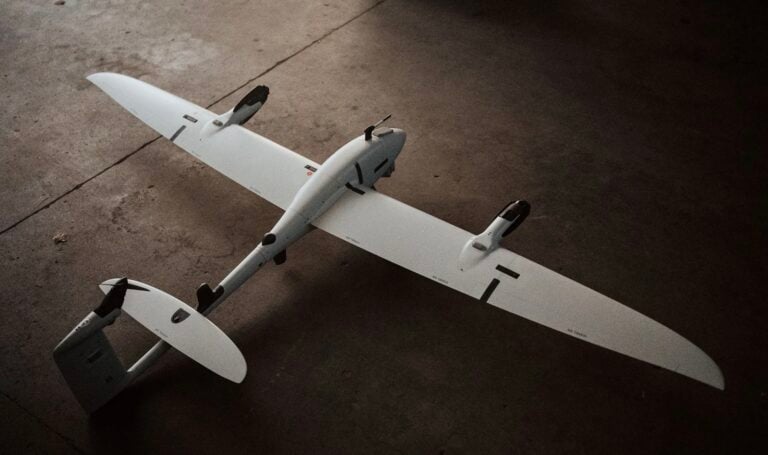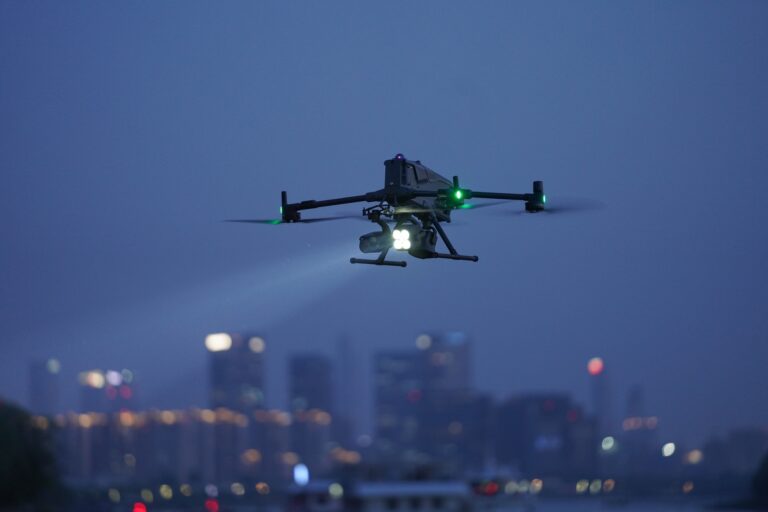Pentagon races to standardize drone batteries as 2026 strategy looms

Amazon Drone Deals: DJI Mini 5 Pro Fly More Combo with DJI RC2 now for $1,099!
Military drone adoption across air, sea, and land is surging—and the Pentagon is moving to lock down how it sources, standardizes, and buys batteries and the critical minerals behind them, with a new department-wide strategy targeted for signature by March and public release in early 2026, officials said, citing battlefield lessons and supply chain security needs. The effort updates a 2023 lithium‑ion battery strategy and fulfills a congressional mandate in the 2025 defense policy bill, according to Eric Shields, the Pentagon’s senior battery advisor, who emphasized alignment with executive orders on drone security and critical minerals prioritization, according to Defense One.
Why drones put batteries at the center of DoD planning
Officials linked the urgency to operational realities: batteries enable drones, communications, sensors, and more, and must be secure and standardized for wartime scaling, with the Ukraine conflict underscoring the stakes, Shields said. Nearly 80% of DoD weapons systems rely on critical minerals—many tied to Chinese-dominant supply chains—intensifying risk as unmanned systems proliferate across domains.
Daphne Fuentevilla, the Navy’s deputy director for operational energy, was blunt: “We need these batteries yesterday,” adding that capability on small UAS and one‑way attack drones scales directly with onboard energy.
Standardization targets: small UAS, modular architectures, and shipboard power
At a first‑of‑its‑kind joint Army‑Navy‑Marine Corps battery industry day, program leaders prioritized standardization across cell materials, modular architectures, and platform interfaces to accelerate fielding under conflict timelines, with explicit focus areas including small UAS, undersea architectures, and large‑format shipboard batteries. Marnie Bailey of the Army’s C5ISR Center said the event began an “open dialogue” to move “fast together” with industry as services push rapid technology adoption. Fuentevilla noted standardization will help manage risk when assessments must be compressed for urgent deployment.
Supply chain security: minerals, stockpiles, and domestic capacity
The strategy is expected to reinforce robust domestic supply chains and stockpiles to meet rising demand, amid persistent reliance on processing capacity in China for key minerals used in batteries. Shields said funding is available following a recent “one big, beautiful bill,” but formalized requirements are still being finalized, with industry seeking clarity on timelines and quantities. The Department of Energy separately proposed nearly $1B to strengthen U.S. critical minerals mining, processing, and recycling—a move aligned with recent executive direction and intended to reduce foreign dependence while feeding defense and clean‑energy needs.
Operational demand signals from the fleet and force
Navy priorities include batteries for destroyers and frigates to support more capable sensors and weapons, alongside small UAS and one‑way attack drones where energy density is a direct performance lever, Fuentevilla said. The Navy is also investing heavily in uncrewed surface and undersea vehicles, while the Army and Marine Corps continue to expand battery‑dependent mobile systems across aerial and ground platforms—areas where the Defense Innovation Unit has worked to accelerate solutions.
Budget and policy context: minerals funding and stockpile builds
Recent actions include proposed DOE funding of nearly $1B for critical minerals, plus $1B in Defense Production Act appropriations, $2B to bolster stockpiles via the Defense Logistics Agency’s National Defense Stockpile Transaction Fund, and $5B for broader supply chain investments in FY2025, as cited by Pentagon officials and reporting. These moves aim to synchronize industrial base expansion with DoD’s upcoming battery strategy and standardization drive.
DroneXL’s Take
For drone programs—from small UAS to maritime uncrewed platforms—the Pentagon’s battery strategy could be pivotal: standardized form factors, interfaces, and qualification paths would speed integration, reduce logistics friction, and improve battlefield resilience. The open question is how quickly concrete requirements flow to vendors—and whether domestic mineral processing and cell manufacturing scale in time to match rising demand curves without cost spikes that ripple into unit prices for sUAS and attritable one‑way loitering systems.
Another watch item: how standardization balances safety, thermal management, and energy density across air and maritime environments, particularly for high‑draw profiles and shipboard integration. What standard modules and chemistries should DoD prioritize first for small UAS fleets, and how should services align spares and stockpiles for surge operations? Share perspectives in the comments.
Photos courtesy of U.S. Army.
Discover more from DroneXL.co
Subscribe to get the latest posts sent to your email.
Check out our Classic Line of T-Shirts, Polos, Hoodies and more in our new store today!

MAKE YOUR VOICE HEARD
Proposed legislation threatens your ability to use drones for fun, work, and safety. The Drone Advocacy Alliance is fighting to ensure your voice is heard in these critical policy discussions.Join us and tell your elected officials to protect your right to fly.
Get your Part 107 Certificate
Pass the Part 107 test and take to the skies with the Pilot Institute. We have helped thousands of people become airplane and commercial drone pilots. Our courses are designed by industry experts to help you pass FAA tests and achieve your dreams.

Copyright © DroneXL.co 2025. All rights reserved. The content, images, and intellectual property on this website are protected by copyright law. Reproduction or distribution of any material without prior written permission from DroneXL.co is strictly prohibited. For permissions and inquiries, please contact us first. DroneXL.co is a proud partner of the Drone Advocacy Alliance. Be sure to check out DroneXL's sister site, EVXL.co, for all the latest news on electric vehicles.
FTC: DroneXL.co is an Amazon Associate and uses affiliate links that can generate income from qualifying purchases. We do not sell, share, rent out, or spam your email.


















